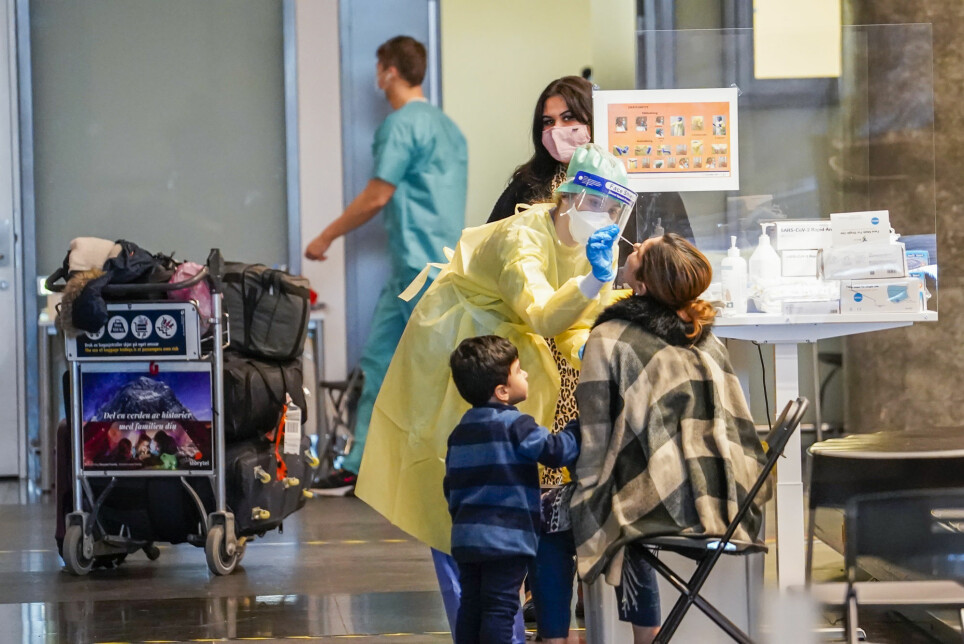
Europe's strictest rules for crossing the borders was not enough to stop the Delta virus
40 per cent of the Delta cases in Norway may have come from one single trip.
Travelling to Norway in April meant getting tested before and after arriving, and then quarantining in a hotel or at your residence. Residents in the capital Oslo were under strict lockdown rules – having more than two guests at your home was forbidden.
Facebook forums and newspapers were awash with discussions over the strict rules that made entering the country extremely difficult. According to national newspaper Aftenposten (link in Norwegian) Norway was one of the hardest countries to enter in Europe at this time.
But that didn’t stop new variants of the coronavirus Sars-CoV-2 from spreading across the borders.
The National Institute of Public Health (NIPH) have done genetic analyses of 1870 virus samples from the Delta variant in Norway.
“One super spreading chain of events appears to be responsible for a lot of the spread,” Aftenposten writes.
One case is all it takes
Not much is known about the one case. It could have been one person or a group of travelers. They travelled from central or southeast Asia, possibly Afghanistan.
What the NIPH does know, is that the strain arrived toward the end of April, and spread through a chain of events in the municipalities of Oslo and Viken. Today, this particular strain is found in all municipalities in Norway.
747 of the 1870 Delta-samples – 40 per cent – can be traced back to this one imported case, Aftenposten writes.
One month later, at the beginning of July the Delta variant was the dominating variant in the country.
According to Karoline Bragstad, head of section at the Influenza department at the NIPH, the Delta virus has further developed and mutated into a Norwegian version – which in turn has been exported to the world.
Infections on the rise
According to analyses from the NIPH, nearly 300 cases of the Delta virus were imported to Norway. However, a large majority – 87 per cent of the cases – were discovered and stopped before they had the chance to spread beyond 1-3 people.
This in turn led to the variant being delayed from taking hold for several weeks, allowing Norway to get further ahead in the vaccination programme.
As of the writing of this piece, Norway has fully vaccinated 70 per cent of the adult population above the age of 18. 89 per cent of the adult population have received at least one dose. 16–17-year-olds will also soon be offered vaccines. The country is currently experiencing a fourth wave, with numbers of infections on the rise and exceeding previous daily records. Hospitalizations are also on the rise.
Tracking the virus
The Norwegian researchers at the NIPH are part of the GISAID initiative, which “promotes the rapid sharing of data from all influenza viruses and the coronavirus causing COVID-19.” Genetic analyses of samples in Norway are thus compared to three million genetic samples in large international databases.
The results show us how the virus mutates, and how the pandemic spreads from country to country.
But this kind of extensive analyses takes time. The one case responsible for nearly half of the spread in Norway was discovered six weeks after it entered the country. The genetic analyses take about two weeks, and then the results have to be compared to international data.
Samples are also sent to the NIPH at random, Aftenposten writes. Many chains of infection are thus never discovered.
































